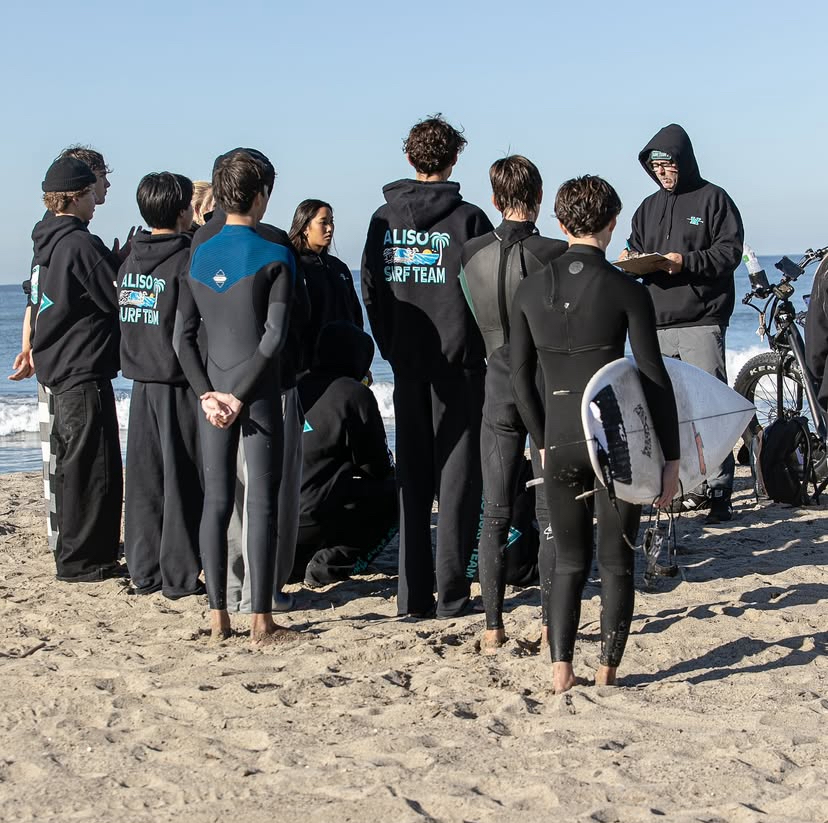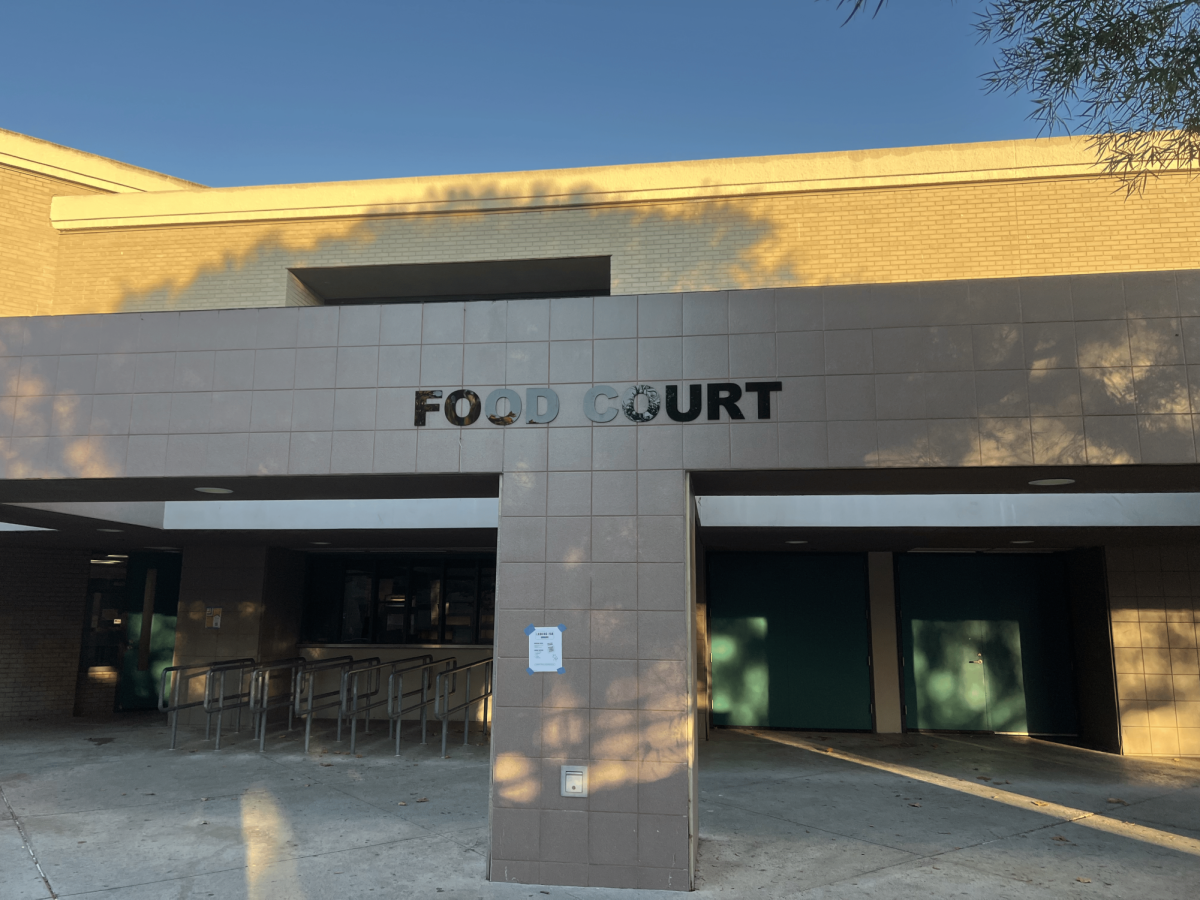High school seniors can now file and submit the Free Application for Federal Student Aid (FAFSA) online to colleges for financial aid consideration for the upcoming school year.
The FAFSA is a form that seniors and college students can file to receive aid, work study and grants. The form opened Nov. 21, 2024, and will close June 30, 2025. Many colleges have personal deadlines for when the FAFSA must be filed in order to be considered for financial aid.
The FAFSA application can be found on the government’s website and often requires a parent or guardian to create an account. Students will go online and create a Federal Student Aid ID to open their account. The form requires information about demographics, income, tax forms, assets, bank statements and the student’s Social Security number to properly assess the individual’s qualifications for financial aid.
Parents and seniors can attend Cash for College workshops to assist with filing the FAFSA. The program was created to help first-generation and low-income students gain access to college. Sign-ups are listed on the ANHS website under guidance.
Claire Tanaka (12) says, “I had my parents help me fill out the form so I can submit it.”
The FAFSA is awarded on a first-come, first-served basis and should be renewed annually based on the duration of the student’s education. It is an important tool that allows students to be considered for other school-specific scholarships.
The FAFSA may provide grants, which are types of aid that do not have to be repaid. The most common grants for undergraduate students are the Pell Grant, which is up to $7,395, and the Federal Supplemental Educational Opportunity Grant, which is up to $4,000 a year. Grants may need to be repaid if a student withdraws, changes their status, or if their financial need status changes.
The FAFSA may also provide scholarships to help students pay for education, which may be based on merit, financial need or area of study. Work-study can also help students reduce the financial burden by providing part-time on-campus jobs that pay at least the federal minimum wage. These jobs are helpful to students because they often work around their academic schedules and do not continue over breaks.
Raymond Harris (12) says, “I still have to fill the form out.”
Students attending college may also need to take out loans, and the FAFSA helps provide them. These loans must be repaid, along with interest, following the student’s education.
Students who file the FAFSA may also need to complete the CSS Profile to determine financial aid status. The form may be required by certain private or out-of-state public institutions, which have varying deadlines. Oftentimes, students applying for financial aid to multiple colleges file both forms.
The CSS form is different from the FAFSA because it takes into account the student’s financial need, as well as their estimated ability to pay tuition. The FAFSA only calculates the student’s estimated need and provides aid based on that number. Still, the FAFSA provides countless financial opportunities to students as they enter the next chapter of their life.






